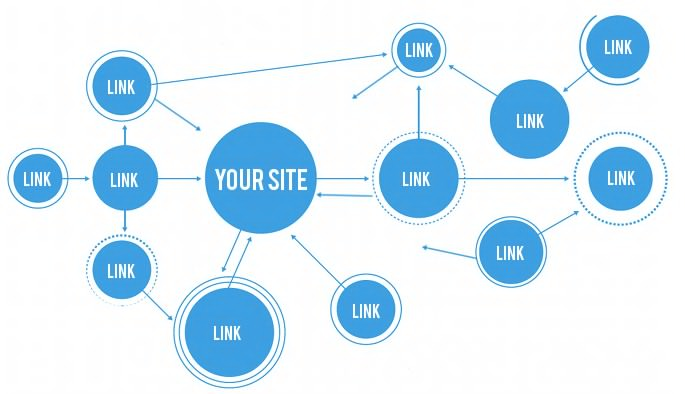Today’s customers are lost for options. If they do not get the service they want, they will move on to your competitor, meaning customer experiences should be at the core of every marketing strategy.
Keeping all customers happy is no mean feat considering customers will have different expectations and use various channels to reach you. The best approach is to incorporate all the main communication channels to ensure that every customer’s preferences are met.
If you want to upgrade your customer service desk and wonder what customer service channels to set up, this guide can give you some leads.
1. Phone
The phone is among the oldest customer service channels. Before the internet became mainstream, it was the most effective communication medium. Even as new means of communication emerge, the phone has not lost its place in customer service.
The telephone is particularly popular with older customers because it is what they grew up using. But it’s not limited to older customers. Some customers prefer hearing a human voice, and they should have their way. Also, it has become the most practical option in some industries, such as banks and the health sector.
Traditional phone connections may not be the best option for your customer service channel, so you should consider using Voice over Internet Protocol (VoIP). If you are new to VoIP, here’s how you can set up your phone customer service channel in 10 easy steps.
2. Email
Emails have been among the most widely used means of communication for organizations since the first electronic message was sent via the internet in 1970. As old as it is, emails remain in a leading position as an avenue for communication in the business world and a must-have customer service channel.
According to statistics, the number of active email users worldwide is 4.1 billion, which is set to hit 4.6 billion in 2025. Email users in America make up over 90% of the population, making it an excellent option as a customer service channel.
When using email for customer support, your tone of voice is critical. Most customers prefer a casual tone unless you deliver bad news or a matter that may involve large sums of money.
3. Knowledge Base
In the last decade, knowledge bases have become increasingly popular as a customer service channel. A knowledge base is an information bank where customers can access all the information they need to solve common problems independently.
With a knowledge base, you do not have to give time-consuming explanations or go through complicated processes for every customer that needs your help, thus reducing the workload.
According to a study by Harvard Business Review, 81% of customers will first try to solve their problems before contacting customer care. If all of these customers can get the help they need from the knowledge base, the number of customers reaching out can reduce significantly.
Some things you may want to include in your knowledge base include blogs, troubleshooting explainer videos and text, and anything that can help the customer access the help they need.
4. Live Chat
Like a knowledge base, live chat has become increasingly popular. Live chat is a communication channel that allows real-time conversation. This makes it an excellent option for customer service because it helps eliminate delays. There has never been a time when customer patience was as low. A few minutes without a reply, and the customer may be moving on.
Live chats work best when paired with chatbots. Chatbots use AI to respond to customer conversations and answer some of the most common questions while allowing the customer to choose to talk to a live agent.
When incorporating live chats into your customer service desk, it’s essential to have an option that allows image uploads to make communication easier, for example, when the customer or the customer service personnel wants to share a screenshot.
5. Social Media
Approximately 70% of the American population is on social media.
This means that social media is not a channel you can ignore as a business person. Social media is the preferred contact method for many millennials and generations Y and Z.
People have different preferences for social media. Social media platforms keep emerging by the day, but only a few have become mainstream.
You do not have to create a channel for each social media channel. Some tools can help consolidate all social media communication into one place, which helps avoid having your customer care representatives combing every platform for customer queries.
6. Video Chats
Traditionally some of the most complex problems required having a technician go to a customer’s location to solve them. While going to a customer’s location is still an option, most things requiring a technician to go to a customer’s home can now be handled via video chats on Zoom, Microsoft Teams, and other similar applications.
Video chats are more like phone conversations, only that this time the two persons engaged in the conversation can see each other. Also, video chats allow screen sharing or remote access to a PC.
This way, the customer care assistant can look for problems themselves if the issue is associated with technology. Video chats help personify the customer experience because the customer can see the face behind the service, which is critical for customer satisfaction.
Choosing the Right Customer Service Channel
When it comes to customer service, there are several factors you may want to consider because not all channels are the same. You need to find the channels that will work best for your business and customers.
Factors such as your target customer, customer input on preferred channels, and the level of investment you are prepared to make often come into play when choosing your business’s customer service channels.
For example, if your customer base is millennials and generations Y and Z. In that case, you should pay attention to knowledge base channels because most of them will be adept at trying self-help before contacting customer care.
If you have a large older customer base, you may need to offer more customer service channels, such as phone support or video chats. There is no one answer for which customer service channel is right for your business. You must consider your specific situation and do what works best for your customers.







